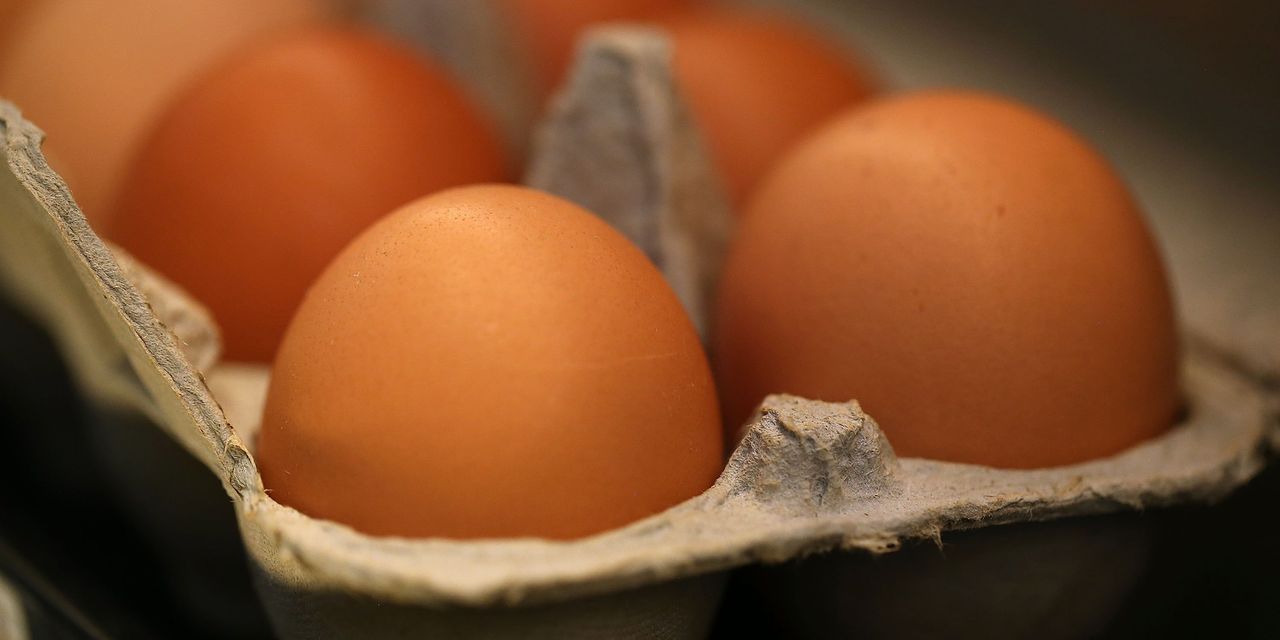
The numbers: U.S. wholesale prices rose sharply in July for the sixth month in a row and offered little evidence that a big wave of inflation is on the verge of cresting.
The producer price index jumped 1% last month, the government said Thursday. Economists polled by The Wall Street Journal had forecast a 0.6% advance.
Most of the increase was concentrated in services such as passenger fares and hotel rooms amid a surge in travel this summer. Wholesale auto prices have also risen sharply due to strong demand and carmakers not being able to produce enough vehicles.
The pace of wholesale inflation over the past 12 months moved up to 7.8% from 7.3%. That’s the highest level since the index was reconfigured in 2010, and likely one of the highest readings since the early 1980s.
Big picture: Inflation has surged along with a nearly full reopening of the U.S. economy. Consumers have a huge appetite for all sorts of goods and services, but businesses can’t keep up with the demand because of widespread shortages of labor and materials.
The wave of inflation is expected to recede once the economy returns to normal, but it’s far from clear how long it will take. Some economists also wonder if the rate of inflation will end up significantly higher than the Federal Reserve’s 2% target.
Consumer price inflation is running at a 5.4% annual pace, based on the the consumer price index.
Before the pandemic consumer inflation was increasing at less than 2% a year.
Read: Inflation is still running high – and it doesn’t look like it will fade fast soon
Key details: About three-fourths of the increase in wholesale inflation last month was in services, a volatile category that can swing sharply from month to month.
The retail cost of many services have shot up since the spring as many Americans ventured out for the first time in more than a year. Renting a car, finding a vacation spot or dining out costs more than it did last year.
The cost of goods also rose 0.6% last month, led by another sharp increase in the price of energy such as gas or electricity.
Consumers could get some relief soon when they go to buy groceries. Wholesale food prices fell 2.1%, with the cost of beef tumbling 11%.
The core rate of wholesale inflation, meanwhile, climbed 0.9% last month. The core rate is a less volatile measure that strips out food, energy and trade margins. It tends to give a more accurate picture of inflationary trends.
The increase in the core rate over the past 12 months rose to 6.1% from 5.5%. That’s the largest advance since the government first began reporting it in 2014 and probably one of the highest in several decades.
The cost of raw and partly finished goods in the earlier stages of production also rose again in July, indicating there’s still plenty inflationary pressure in the guts of the economy.
Higher wholesale prices, it should be kept in mind, don’t always translate into higher inflation. Companies raise or lower prices for any number of reasons.
What they are saying? “Businesses are facing lots of challenges,” said senior economist Jennifer Lee of BMO Capital Markets. “And that is forcing them to push their higher costs onto their customers.”
Market reaction: The Dow Jones Industrial Average DJIA, -0.11% and S&P 500 SPX, -0.14% were set to open slightly higher in Thursday trades.










Add Comment